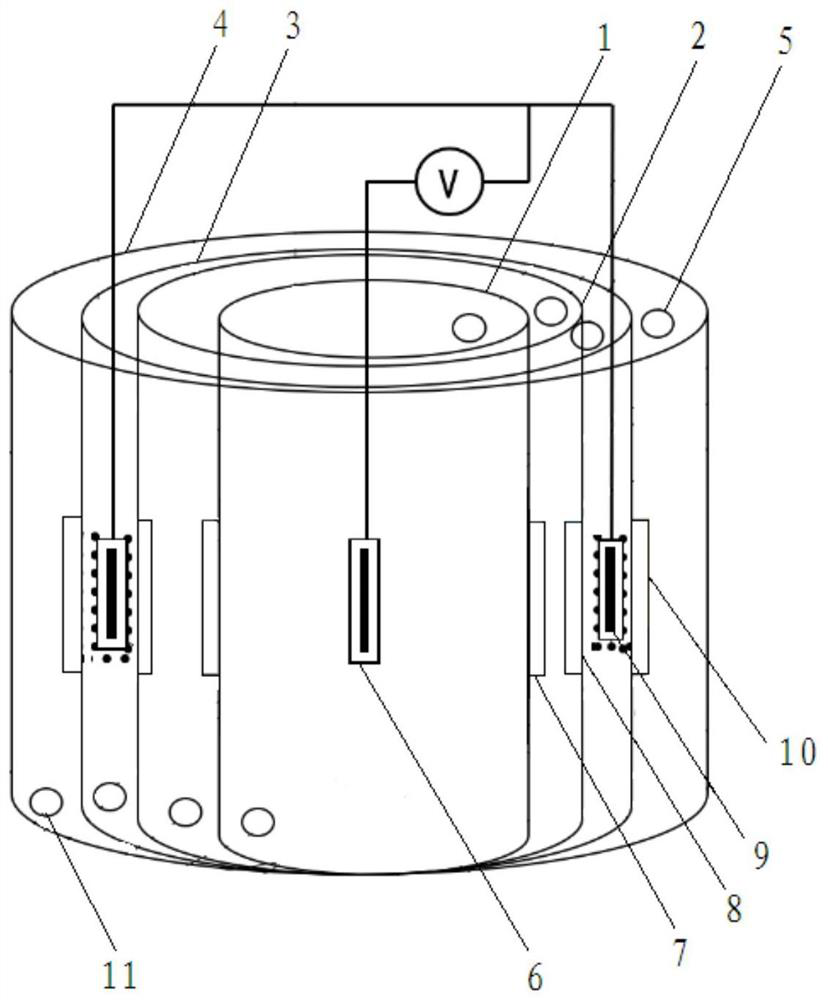Marine product low-temperature temporary rearing water defoaming system
A seafood and low-temperature technology, which is applied in the field of low-temperature temporary water retention and defoaming systems for seafood, can solve the problems of food safety, complicated preparation, and low removal efficiency.
- Summary
- Abstract
- Description
- Claims
- Application Information
AI Technical Summary
Problems solved by technology
Method used
Image
Examples
Embodiment Construction
[0024] The present invention will be described in detail below in conjunction with examples. The following examples will help those skilled in the art to further understand the present invention, but do not limit the present invention in any form. It should be noted that those skilled in the art can make some adjustments and improvements without departing from the concept of the present invention. These all belong to the protection scope of the present invention.
[0025] figure 1 It exemplarily describes a low-temperature storage water defoaming system for seafood, in which a cathode chamber 1, a desalination chamber 2, and an anode chamber 3, which are made of plexiglass and have a radius ratio of 2:3:4:6, are placed in sequence from the inside to the outside Together with the seaweed chamber 4, it is combined into a coaxially symmetrical cylindrical sleeve structure, with water inlets 5 at the upper end and water outlets 11 at the lower end; a cation exchange membrane 7 i...
PUM
 Login to View More
Login to View More Abstract
Description
Claims
Application Information
 Login to View More
Login to View More - R&D
- Intellectual Property
- Life Sciences
- Materials
- Tech Scout
- Unparalleled Data Quality
- Higher Quality Content
- 60% Fewer Hallucinations
Browse by: Latest US Patents, China's latest patents, Technical Efficacy Thesaurus, Application Domain, Technology Topic, Popular Technical Reports.
© 2025 PatSnap. All rights reserved.Legal|Privacy policy|Modern Slavery Act Transparency Statement|Sitemap|About US| Contact US: help@patsnap.com

